The Exceptionally American Problem of Rising Roadway Deaths
By Emily Badger and Alicia Parlapiano, NY Times
About a thousand people gathered on a bright morning on the National Mall the Saturday before Thanksgiving for what has become an American tradition: mourning a roadway fatality. With the Capitol in the background and the tune of an ice cream truck looping nearby, the crowd had assembled to remember Sarah Debbink Langenkamp, who was biking home from her sons’ elementary school when she was crushed by a semi truck.
Ms. Langenkamp was, improbably, the third foreign service officer at the State Department to die while walking or biking in the Washington area this year. She was killed in August in suburban Bethesda, Md. Another died in July while biking in Foggy Bottom. The third, a retired foreign service officer working on contract, was walking near the agency’s headquarters in August. That is more foreign service officers killed by vehicles at home than have died overseas this year, noted Dan Langenkamp, Ms. Langenkamp’s husband and a foreign service officer himself.
“It’s infuriating to me as a U.S. diplomat,” he told the rally in her honor, “to be a person that goes around the world bragging about our record, trying to get people to think like us — to know that we are such failures on this issue.”
That assessment has become increasingly true. The U.S. has diverged over the past decade from other comparably developed countries, where traffic fatalities have been falling. This American exception became even starker during the pandemic. In 2020, as car travel plummeted around the world, traffic fatalities broadly fell as well. But in the U.S., the opposite happened. Travel declined, and deaths still went up. Preliminary federal data suggests road fatalities rose again in 2021.
Safety advocates and government officials lament that so many deaths are often tolerated in America as an unavoidable cost of mass mobility. But periodically, the illogic of that toll becomes clearer: Americans die in rising numbers even when they drive less. They die in rising numbers even as roads around the world grow safer. American foreign service officers leave war zones, only to die on roads around the nation’s capital.
In 2021, nearly 43,000 people died on American roads, the government estimates. And the recent rise in fatalities has been particularly pronounced among those the government classifies as most vulnerable — cyclists, motorcyclists, pedestrians.
Much of the familiar explanation for America’s road safety record lies with a transportation system primarily designed to move cars quickly, not to move people safely.
“Motor vehicles are first, highways are first, and everything else is an afterthought,” said Jennifer Homendy, chair of the National Transportation Safety Board.
That culture is baked into state transportation departments that have their roots in the era of Interstate highway construction (and through which most federal transportation dollars flow). And it’s especially apparent in Sun Belt metros like Tampa and Orlando that boomed after widespread adoption of the car — the roads there are among the most dangerous in the country for cyclists and pedestrians.
The fatality trends over the last 25 years, though, aren’t simply explained by America’s history of highway development or dependence on cars. In the 1990s, per capita roadway fatalities across developed countries were significantly higher than today. And they were higher in South Korea, New Zealand and Belgium than in the U.S. Then a revolution in car safety brought more seatbelt usage, standard-issue airbags and safer car frames, said Yonah Freemark, a researcher at the Urban Institute.
Fatalities fell as a result, in the U.S. and internationally. But as cars grew safer for the people inside them, the U.S. didn’t progress as other countries did to prioritizing the safety of people outside them.
“Other countries started to take seriously pedestrian and cyclist injuries in the 2000s — and started making that a priority in both vehicle design and street design — in a way that has never been committed to in the United States,” Mr. Freemark said.
Other developed countries lowered speed limits and built more protected bike lanes. They moved faster in making standard in-vehicle technology like automatic braking systems that detect pedestrians, and vehicle hoods that are less deadly to them. They designed roundabouts that reduce the danger at intersections, where fatalities disproportionately occur.
In the U.S. in the past two decades, by contrast, vehicles have grown significantly bigger and thus deadlier to the people they hit. Many states curb the ability of local governments to set lower speed limits. The five-star federal safety rating that consumers can look for when buying a car today doesn’t take into consideration what that car might do to pedestrians.
These diverging histories mean that while the U.S. and France had similar per capita fatality rates in the 1990s, Americans today are three times as likely to die in a traffic crash, according to Mr. Freemark’s research.
Over this time, more people have been traveling by motorcycle and bike in the U.S. Bike-share systems spread around the country, and new modes like electric bikes and scooters have followed, heightening the need to adapt roads — and the way users of all kinds share them — for a world not dominated solely by automobiles.
Cycling advocates said they expected there would be safety in numbers as more people biked and as drivers grew accustomed to sharing the road, reducing deaths. Instead, the opposite has happened.
The pandemic similarly skewed expectations. As countries adopted lockdowns and social distancing rules, streets across the world emptied. Polly Trottenberg, then New York City’s transportation commissioner, recalled a remarkable lull early in the pandemic when the city had zero pedestrian deaths. She knew it couldn’t last.
“I hate to say it, but I felt this anxiety that things were going to roar back in a bad way,” said Ms. Trottenberg, now the deputy secretary at the U.S. Department of Transportation.
On empty pandemic roads, it was easy to see exactly what kind of transportation infrastructure the U.S. had built: wide roads, even in city centers, that seemed to invite speeding. By the end of 2020 in New York, traffic fatalities on those roads had surged from prepandemic times.
“We have a system that allows this incredible abuse, if the conditions are ripe for it,” Mr. Freemark said.
And that’s precisely what the conditions were during the pandemic. There was little congestion holding back reckless drivers. Many cities also curtailed enforcement, closed DMV offices and offered reprieves for drivers who had unpaid tickets, expired drivers’ licenses and out-of-state tags.
The pandemic made more apparent how much American infrastructure contributes to dangerous conditions, in ways that can’t be easily explained by other factors.
“We are not the only country with alcohol,” said Beth Osborne, director of the advocacy group Transportation for America. “We’re not the only country with smartphones and distraction. We were not the only country impacted by the worldwide pandemic.”
Rather, she said, other countries have designed transportation systems where human emotion and error are less likely to produce deadly results on roadways.
What the U.S. can do to change this is obvious, advocates say: like outfitting trucks with side underride guards to prevent people from being pulled underneath, or narrowing the roads that cars share with bikes so that drivers intuit they should drive slower.
“We know what the problem is, we know what the solution is,” said Caron Whitaker, deputy executive director at the League of American Bicyclists. “We just don’t have the political will to do it.”
The bipartisan infrastructure bill passed last year takes modest steps toward changing that. There is more federal money for pedestrian and cycling infrastructure. And states will now be required to analyze fatalities and serious injuries among “vulnerable road users” — people outside of cars — to identify the most dangerous traffic corridors and potential ways to fix them.
States where vulnerable road users make up at least 15 percent of fatalities must spend at least 15 percent of their federal safety funds on improvements prioritizing those vulnerable users. Today, 32 states, Puerto Rico and the District of Columbia face that mandate.
The larger question is whether Americans are willing to stop being exceptional in the world in this way.
“We need to change the culture that accepts this level of death and injury,” Ms. Trottenberg said. “We’re horrified when State Department employees lose their lives overseas. We need to create that same sense of urgency when it comes to roadway deaths.”

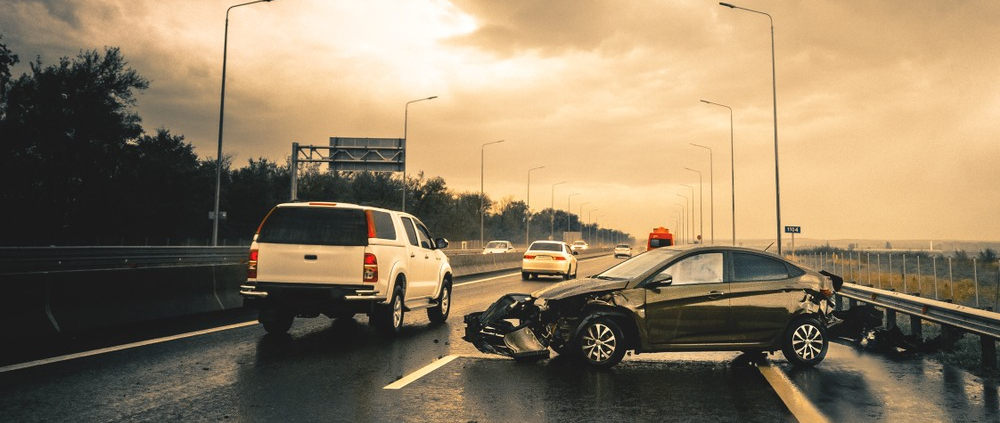
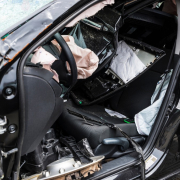
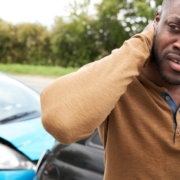


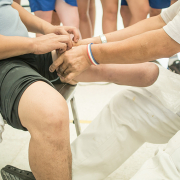
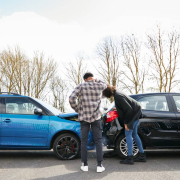
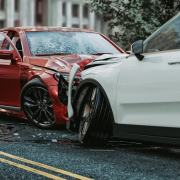
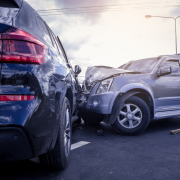


Leave a Reply
Want to join the discussion?Feel free to contribute!